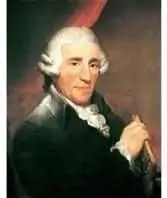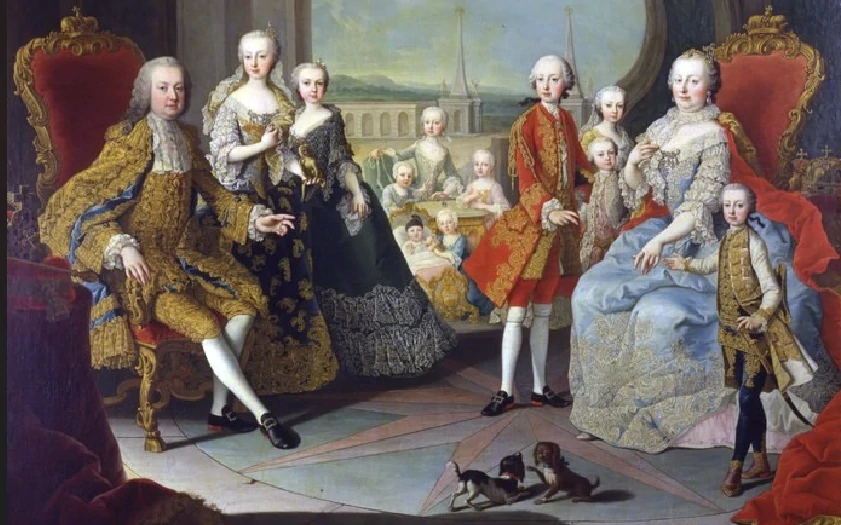Who was Franz Joseph Haydn? What are his famous works? For which princely family did he work for years? What happened to his skull after his death? Where is he buried?
He was born Franz Joseph Haydn on March 31, 1732 in Rohrau, Lower Austria. He almost never used his first name. He was the second of twelve children and the eldest son. His younger brother Michael Haydn also went down in history as a composer.
At the age of 8 he came to Vienna as a choirboy of St. Stephen’s and received a good musical education. During this time he already began to compose. Later he became a student and assistant of the famous singing teacher Nikolaus Porpora.
The decisive turning point in his life came in 1761. He entered the service of the Esterházy princes and became the first chapel master in the Esterházy palace.
His numerous compositions such as symphonies, operas, masses, string quartets and sonatas became known throughout Europe and were performed in France, England, Spain, even as far away as America .
Together with Mozart and Beethoven, he is considered the founder of Viennese Classicism, a style of European art music.
After the death of Prince Nikolaus Joseph Esterházy, the orchestra was dissolved and Haydn went to Vienna as princely Kapellmeister . In 1791 he composed the famous Timpani Symphony in England, where he stayed several times for extended periods. He also received an honorary doctorate from Oxford University.
Well-known works are “The Creation” and “The Seasons” . He also became famous for the
“Kaiserhymne”, which he set to music in honor of the Holy Roman Emperor Franz II. This was considered the official “Austrian Imperial Anthem” until the end of the Habsburg Monarchy. In 1922 it became the anthem of the then German Empire and is still the national anthem of Germany.
In 1793 Haydn bought a house in Gumpendorf, in today’s 6th district , which was also to become his death house . Joseph Haydn died on May 31, 1809, 9 years after his wife Maria Anna. The marriage was considered unhappy and remained childless.
Haydn’s body was transferred to the Bergkirche in Eisenstadt, but not his skull. This was separated from the body after death and examined in the course of the “Gall’s skull doctrine” to confirm this doctrine. It was not until 1954 that the skull was also transferred to Eisenstadt.
Time Travel Tip: The Haydn-Sterbehaus in Esterhazygasse in Vienna’s 6th district can be visited and provides information about the life of Joseph Haydn. Or perhaps you would like to take a trip to Eisenstadt, where he was Kapellmeister in the castle of the Esterhazy family?



